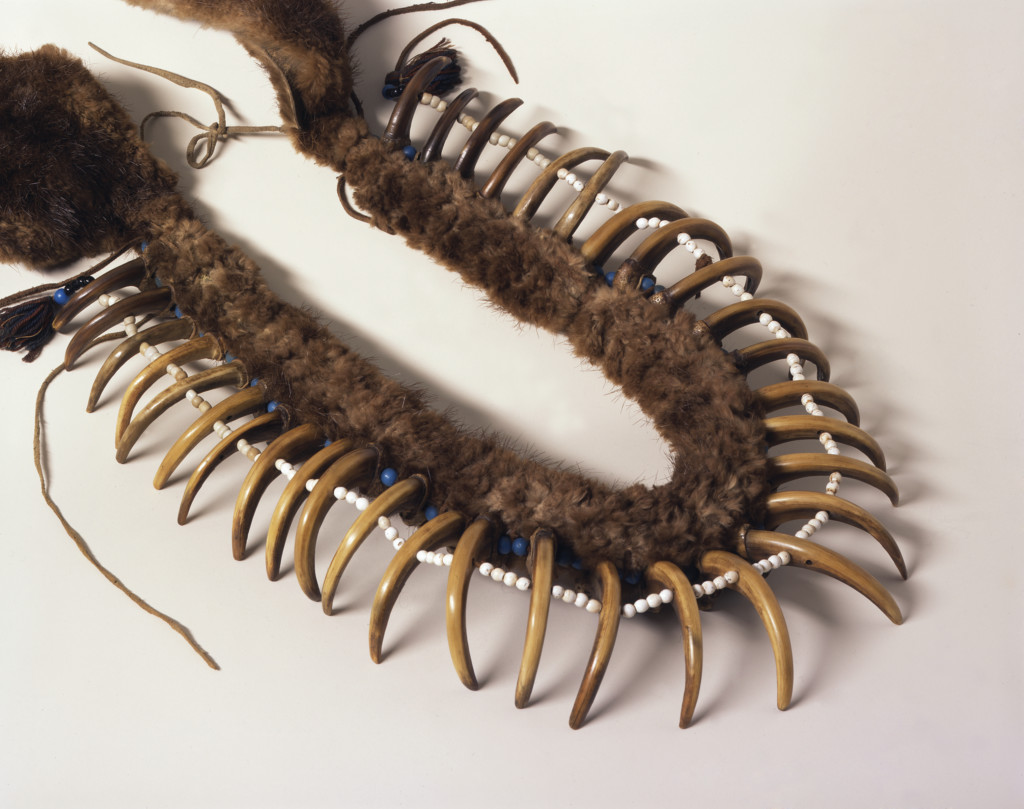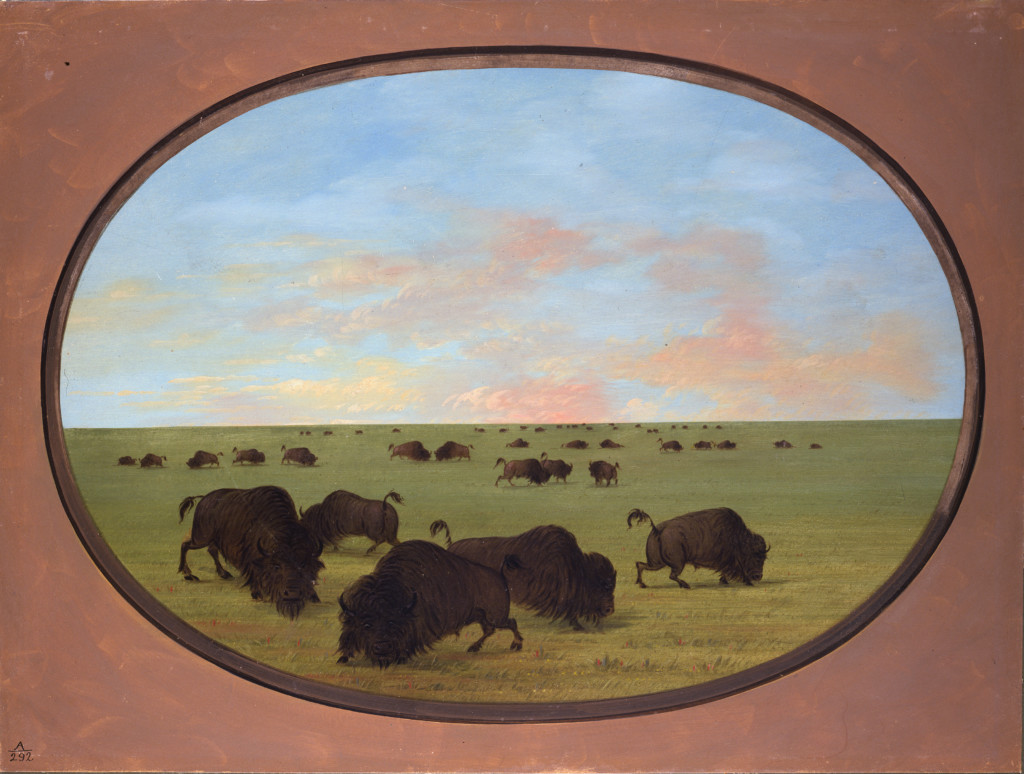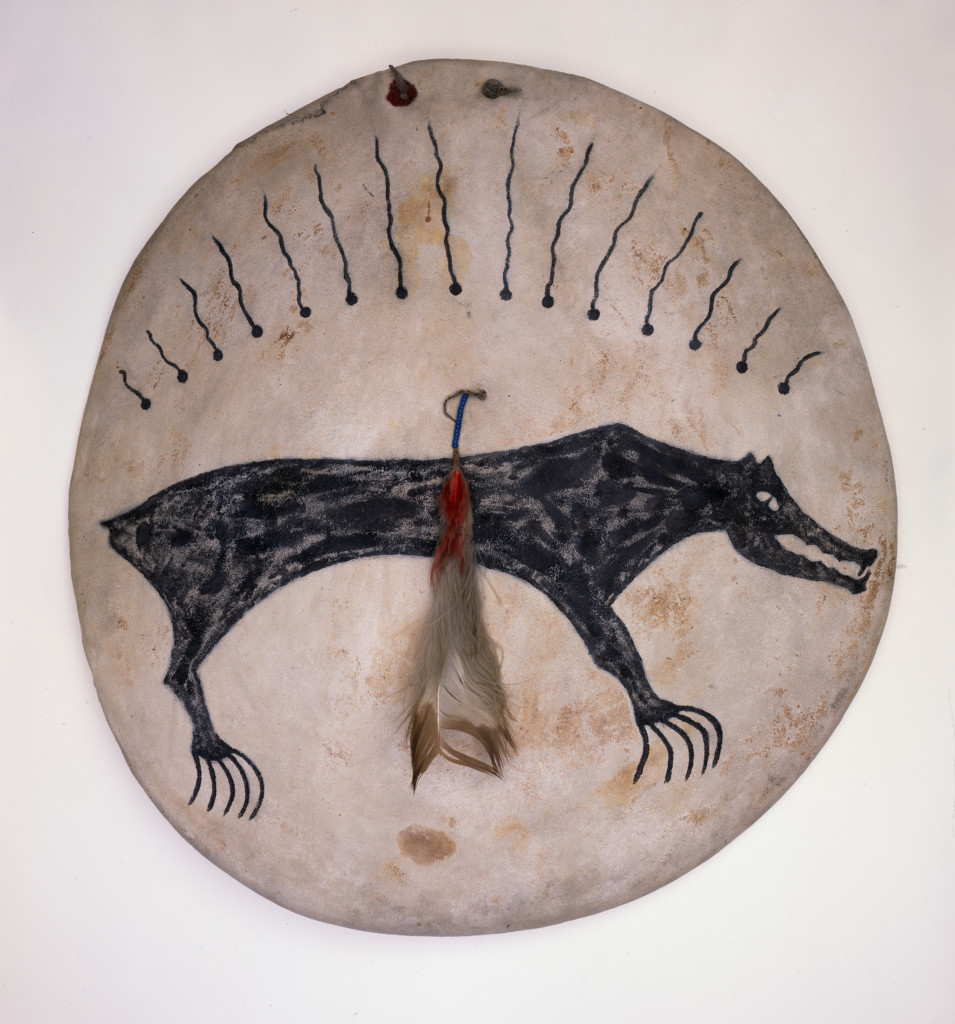Not that many decades ago, the work of artists who imagined and represented the American West — spanning the transition from Lewis and Clark’s famed expedition in the early 1800s to the culmination of the manifest destiny ideal that occurred at the turn of the 20th century — was not seen regularly in the same veins of esteem or critical nuance afforded other collections of fine art. This could be partly explained by the enduring nostalgia for seeing the great transition of the American West as an unconditionally glorifying project of a nation’s expansion.
But, barely 30 years ago, there were many new perspectives focused on the injustice inflicted upon Native Americans and the growing need for conserving and preserving natural and spiritual sanctuaries in the Western U.S. In response, gallery and museum curators looked toward tempering these earlier representations, preferring instead to highlight and juxtapose the interwoven histories of the Euro-American settlers in the West and the Native American tribes in exhibitions that clarify the real complicated, uncomfortable and troubling account of the nation’s westward expansion.

Buffalo Bill Center of the West, Cody, Wyoming, USA, The Paul Dyck Plains Indian Buffalo Culture Collection, acquired through the generosity of the Dyck family and additional gifts of the Nielson Family and the Estate of Margaret S. Coe, NA.203.1413
Such is the case with Go West! Art of the American Frontier from the Buffalo Bill Center of the West. This is the first high-profile traveling exhibition for the Utah Museum of Fine Arts (UMFA) since the galleries were reopened last summer following a large-scale renovation. The exhibition covers a century of American’s greatest transformation – from 1830 to 1930 – by encompassing more than 80 works of art from both Euro-American and Plains Indian artists. UMFA is the fifth destination for the exhibition, which was organized first in 2014.
At every point in the exhibition’s gallery space, visitors will observe an intriguing, eye-opening placement of artistic expression that sets up the properly nuanced counterpoint of historical understanding. There are the works of the adventurer-artists who were transfixed by the incredible territorial landscapes they encountered, along with the horse-riding tribes of the Plains as well as the bison population, which was being depleted with stunning rapidity. There would be barely 1,000 remaining by the end of the 1880s, a fact that obviously shaped for some artists the complicated tone acknowledging the enormous price being paid for such widespread expansion.

The works in the exhibition range in treatment of subject from curious yet well-informed ethnographic representations to unabashed romanticized admiration of the landscape and the pioneer experience and finally, to the deeply considered historical ramifications of the disappearing Native American tribes and the search for spiritual reckoning. The placement of well-preserved, intricately crafted objects of Native American social and cultural significance in the exhibition commands viewers to absorb the impact of an epiphany that suggests a more realistic, harsher and credible account of a period than suggested by popular romanticized narratives of manifest destiny.
The earliest segments of the period represented in the exhibition are among the most compelling because they portray how artists popularized and codified the images and perceptions about the Western expansion and Native Americans. In the period before daguerreotypes and other photographic forms became practical and feasible, artists who visited and painted the landscape vistas and the Native American tribes provided the critical baseline of observation. This mattered even more dramatically in this instance, especially because no artist accompanied the Lewis and Clark expedition team during its travels from 1804 to 1806.

But, artists such as Albert Bierstadt, Karl Bodmer and George Catlin were prominent in this aspect. Catlin, for example, traveled in the Upper Missouri region and the southern Plains. Works, such as Buffaloes (Bulls and Cows) Grazing in the Prairie (ca. 1855–1870), exemplify a merging of a Romantic expressive style with near-precise scientific realism. Artists such as Catlin took note of the vanishing trends affecting Native Americans and many artists also sought to portray them in a state or time when their lands had not yet been invaded by settlers or their circumstances had not been usurped.
It is simultaneously surprising and disconcerting to discover that such artists understood and leveraged the marketable value of their work for citizens back in the eastern U.S. Catlin’s Indian galleries had many traveling shows not only in the U.S. but also in Europe. Another was John Mix Stanley (The Last of Their Race, 1857) who tried to capitalize on Catlin’s marketing approach but was not nearly as successful. Notably, both artists had failed to convince U.S. Congressional delegations to sponsor legislation for purchasing their respective bodies of artwork. They claimed that their work was essential to documenting the history and ethnography of Native American tribes — a reason that obviously did not move elected officials.

Bierstadt was unabashedly old school Romantic, as indicated by works such as Yellowstone Falls, an 1881 oil painting. Even more impressive, though, was Thomas Moran, whose 1872 watercolor titled, Great Blue Spring of the Lower Geyser Basin, Firehole River, Yellowstone, is featured in the exhibition. A year prior to Yellowstone’s designation as a national park, Moran traveled to the site in 1871, as an illustrator invited by Ferdinand Hayden, a geologist whom the U.S. government asked to lead a survey exhibition of the region. Moran’s watercolor sketches of Yellowstone were the first visual evidence that eastern U.S. residents would see, particularly governmental officials who would be persuaded to designate Yellowstone as a national park.
In the exhibition, which features work rendered in oil paint, ink and bronze, there are some iconic artists associated with the American West, including Charles Russell and Frederic Remington. One of the best examples of sculptors from the period is Alexander Phimister Proctor (Indian Warrior, 1896–1899), who sought subjects for his bronze art pieces by visiting ranches, reservations and rodeos. Proctor’s work also gained the interest of Gertrude Vanderbilt Whitney, a sculptor who had a studio in the same New York City neighborhood where he worked. The founder of what is now known as the Whitney Museum of Modern Art, she created a massive sculpture of Buffalo Bill which is housed in the Center of the West in Cody, Wyoming. And, it was her son who helped established the Whitney Western Art Center in her memory.

Some of the most stunning exhibition pieces are those of Native Americans: an 1860 shield and cover, made of tanned deer hide, rawhide, glass beads, and feathers, by Apsáalooke (Crow), northern Plains; a bear claw necklace (ca. 1830), made of otter hide, bear claws, glass beads, abalone shell, tanned hide, and wool cloth, by Chahiksichahiks (Pawnee), central Plains, and an 1885 jacket, made of tanned deer hide, pigment, cloth, otter fur, ribbon, glass beads, and dyed horse hair, Apsáalooke (Crow), Montana, to name a few examples.
It’s a smartly curated show for how it underscores the inevitable, informed ironic view of history. That is capped with one of the works by Remington, Buffalo Bill in the Limelight, which the artist created during one of his many visits to William F. Cody’s shows. That image also was used in the biography Cody’s sister wrote about him, titled Last of the Great Scouts.

The exhibition, which runs through March 11, will be accompanied by a diverse slate of programming, including a series of Now West! Programs open to the public and free. Programs includes lectures, films, children-focused storytelling, Native American presentations, and discussions dealing with the history from LGBTQ perspectives and how Native American art defines the sense of place in the Great Plains.
The exhibition was curated by Mindy Besaw and Stephanie Mayer Heydt. UMFA curator Leslie Anderson organized the exhibition for Salt Lake City.
Presenting sponsors are The Hal R. and Naoma J. Tate Foundation and Zions Bank, with additional support from the Willard L. Eccles Charitable Foundation and the Stephen G. and Susan E. Denkers Family Foundation.
For ticket information, go to the UMFA’s Go West! web page.

